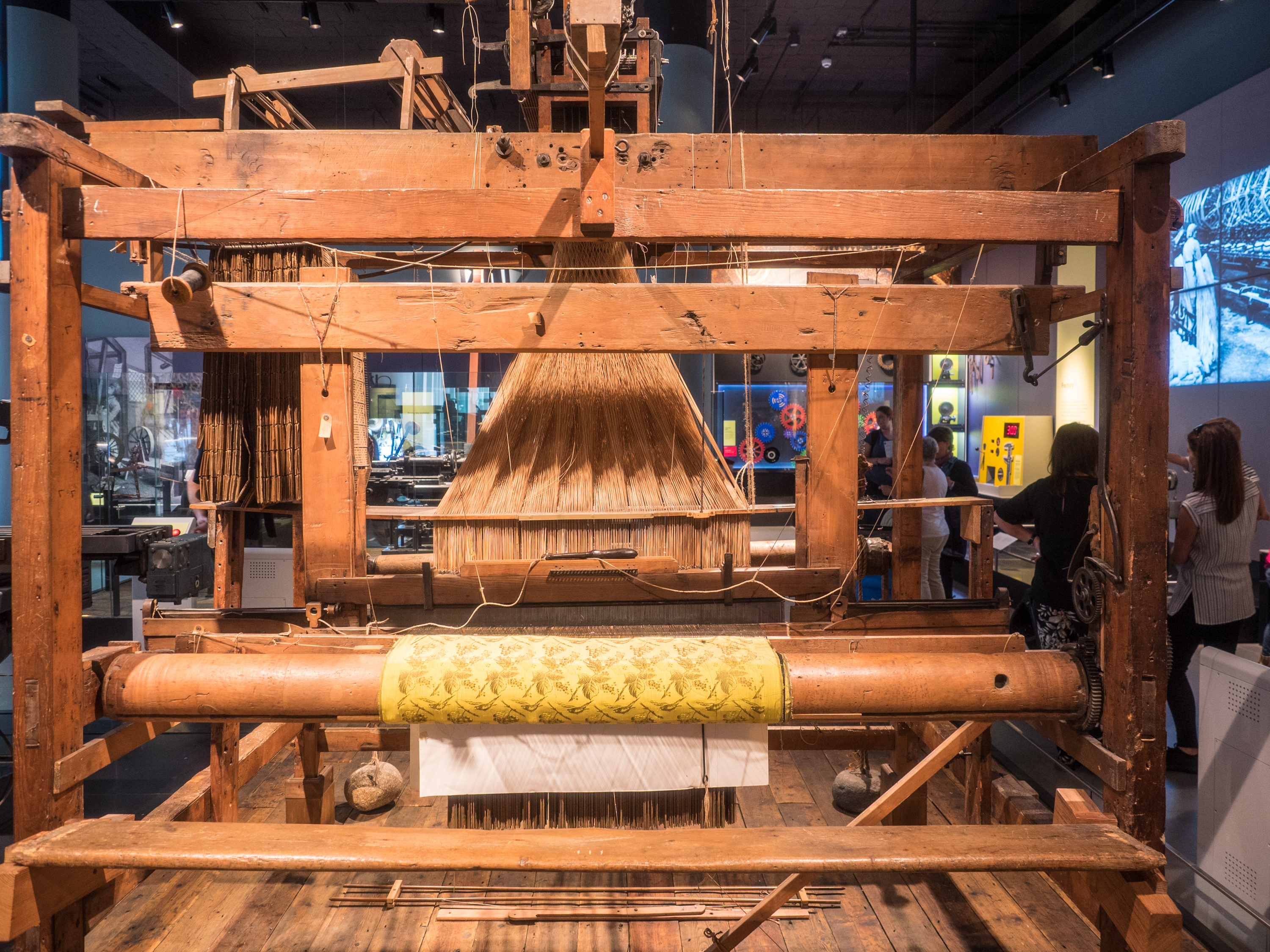
In 1804, Joseph-Marie Jacquard introduced the first weaving loom automatically controlled by perforated cards. The elaborate patterns that were stored on them in ones and zeros – the first ‘bits’ and ‘bytes’ – proved highly influential in the development of binary computer programming and all that has followed. And 220 years later automation is still accelerating in many areas of the textile machinery industry.
In weaving technology itself, the latest 3D weaving system of the UK’s Optima 3D offers many advanced features over conventional weaving machines – particularly in terms of versatility. This is as a result of the machine’s comprehensive digital control system enabling instant automatic parameter and sequence changes. A key market for Optima’s machine has been in producing working structures from expensive fibres such as carbon as the essential reinforcements for composites.
One such machine, for example, has been installed at the University of Maine’s Advanced Structures and Composites Center (ASCC) which is employing it in the development of ambitious composite projects – ASCC already holds three Guinness World Records relating to its development of the world’s largest 3D-printed boat.
Similar advances in automation are being made with knitting machinery and here Switzerland’s Steiger enjoys a special position, with 70% of its turnover generated from the sales of unique machines, interfaces and services to the medical sector for the production of customised orthopaedic compression supports.
Via connected body scanners, these products are supplied to medical professionals within 24 hours of being ordered. Knitted electrodes and sensors, as well as reinforcement supports for composites, are also smaller but growing areas where Steiger machines are employed, while specialised intarsia machines for high quality and complex knitwear are meanwhile designed for the suppliers to leading luxury brands including Burberry, Chanel, Dior, Hugo Boss and Versace.
Automation has certainly been central to the rapid growth of the digital textile printing industry and here, the direct to film (DTF) method is currently having a major impact.
DTF is the process of digitally printing directly onto a special transfer film sheet. The printed film is subsequently sprinkled with a hot-melt powder and heated and once the transfer sheet is cured and dried, it can be heat-pressed onto a variety of fabrics to create premium transferred designs.
With traditional screen printing, the plate creation required is far too time-consuming and also does not match DTF’s ability to produce vivid colours and quality details such as shapes, lettering and motifs – often sought after in the promotional and merchandising space for bespoke textiles.
Mimaki Europe reports that its first DTF printer, the TxF150-75, has now surpassed the milestone of 300 units sold across the EMEA region since its launch in February 2023.
“We’ve seen the impact DTF is having on the market in recent years and wanted to offer a solution that excelled in usability, reliability and quality,” said Arjen Evertse, general sales manager for Mimaki Europe. “The Tx150-75 provides all of these benefits, but its popularity is also due to its suitability for those introducing DTF technology to their production capabilities or those who already have an in-house business producing smaller run jobs.”
The wide-spread adoption of the TxF150-75 not only demonstrates the quality of Mimaki’s printer, but also the rising popularity of the DTF printing method.
Click here to view more exhibitors and products on ITMAconnect.

Access your ITMAconnect account now
until 14 November 2026.

Purchase an ITMAconnect visitor ticket at EUR 25 (VAT at prevailing rate to be added if applicable) to access the platform until 14 November 2026.
Share this page
Stay Updated on Industry Developments
Featuring products and exhibitors on ITMAconnect.
View More Articles